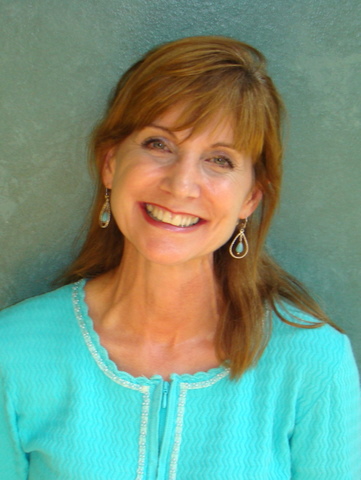Ashbrook Approach Fills in American History Gaps
December 24, 2020

Ashbrook’s Master of Arts in American History and Government (MAHG) is helping teachers like Robyn Verbois revive civic education. As the final project for her MAHG degree, Verbois wrote a capstone that analyzed the neglect of civic education in America, argued that the best way to address this was through teaching the American Founding, and presented effective tools for teaching how the Founders arrived at our Constitutional design for government.
Verbois credits the MAHG program with allowing her to undertake a project that helped her clarify her goals for her current work, teaching American history and government at Christian Life Academy in Baton Rouge, Louisiana. Her project also allowed her “to plot, in the most careful and comprehensive way possible, lessons on the Founding I could use.” Most masters programs require “original” research—that is, study of a narrow topic not yet treated in historiography. The MAHG program encourages teachers to tackle projects they can put to classroom use.
“By any measurable standard, we are failing to teach civic knowledge to the next generation,” writes Robyn Verbois, a teacher of American history and government at Christian Life Academy in Baton Rouge, Louisiana.
In her analytical essay, Verbois cited studies showing that the country is failing in civic education, such as a 2008 study by the Intercollegiate Studies Institute that found that 71% of a random sample of Americans failed to pass the civics test administered to immigrants seeking naturalization. A growing focus on current events instead of American heritage is to blame, Verbois argues. “All students want to know how the history we’re studying relates to life today. But there are certain things they have to learn first. They need to have a sense of what the Founders did, as well as of the mechanism the Founders put in place to change the system.”
The MAHG coursework Verbois completed before writing her capstone supported this teaching approach. “Ashland’s program has a core curriculum” that spans historical eras. Although not required to study these in sequence, “most MAHG students start with courses on the Founding and move forward in time,” Verbois observed. The range of the program is not limited by the narrow specialties of a fixed group of faculty. “I tell others who are interested in MAHG about the variety of instructors in the program from across the country.” Verbois herself learned about the MAHG program through her undergraduate political science professor at Louisiana State University, James Stoner, one of many who teach in the program.
Stoner, a political theorist who has authored books on American Constitutionalism, advised Verbois on her capstone, “Teaching Civic Knowledge Through the Founding Documents.” Verbois points out that the Founders had to devise a system allowing the maximum individual liberty while maintaining social order. High School students need to examine the Founders’ systems for balancing competing political forces. They also need exposure to the Founders’ view that individual rights are tempered by responsibility.
The Founders’ design grew out English constitutional theory and the political thought of enlightenment philosophers, but it also grew from “colonial experiences in practical governing.” Early Americans understood the social compact as a “covenant,” implying a sense of “community.” If Americans are losing this sense of community, Verbois says, perhaps it is “because we have failed to pass on the uniqueness of our origins.”
The lessons on the Founding Verbois designed include a teaching tool that Verbois’ second reader, historian David Tucker (then teaching at the Naval Postgraduate School), found “highly original.” It shows the continuity of political thought between the Revolution and the Founding. Students complete a chart listing the 27 grievances against the mother country named in the Declaration of Independence and then link each grievance to a provision in the Constitution or Bill of Rights that prevents the recurrence of the problem in the new American republic.
The design of the Ashbrook’s MAHG program for social studies teachers supports this approach to teaching civics, Verbois says, with its core curriculum beginning in America’s Revolution and the process by which we arrived at our Constitution. Teachers need help in presenting this period, which standard textbooks often slight. “Many gloss over” the Founding “in a page or two and then jump into ‘Your Rights and Liberties,’ as though these appeared out of thin air.”
Throughout her degree work, Verbois said, the MAHG faculty was “very available for students’ questions, either face to face during the summer or through email. They show a genuine concern that you learn what it is that they’re teaching.” Such support, along with the flexible course schedule (on-line in afternoons and evenings during the school year, in-residence during the summer) helps teachers master historical content without taking time out from their demanding teaching jobs. Verbois herself chose the summer program, “an intense immersion during six days, with readings before and after. I like it because I can get away and have nothing to do but study.”
Verbois understands the importance of dedicated study time; she came to teaching in midlife, having completed her own college education over many years while home-schooling her two sons. Now she is inspiring another generation to value American institutions. “A student of mine just won an essay contest in civics,” she says proudly.
You can read Verbois’ capstone, which won the MAHG Chairman’s Award in 2012, here.


